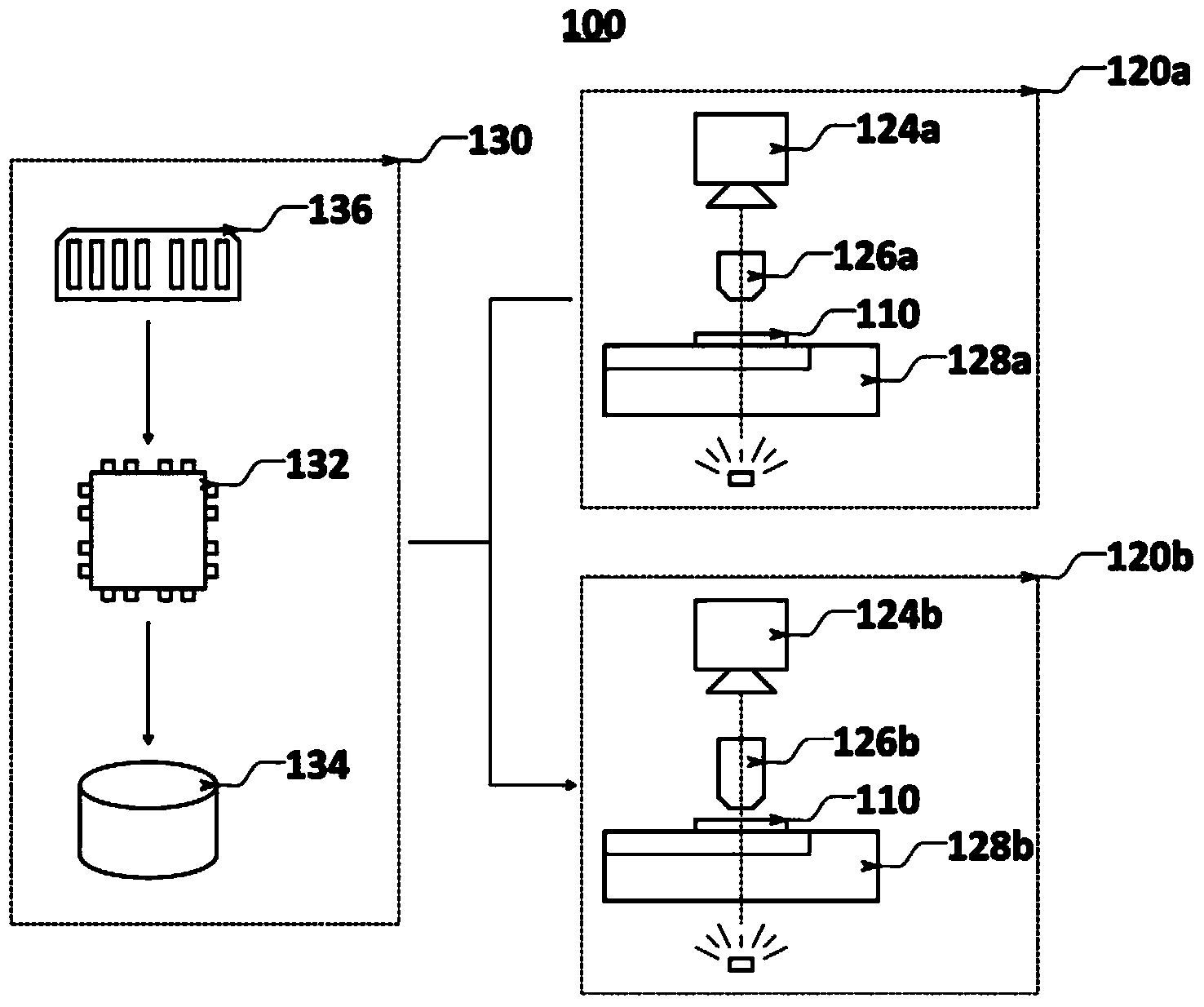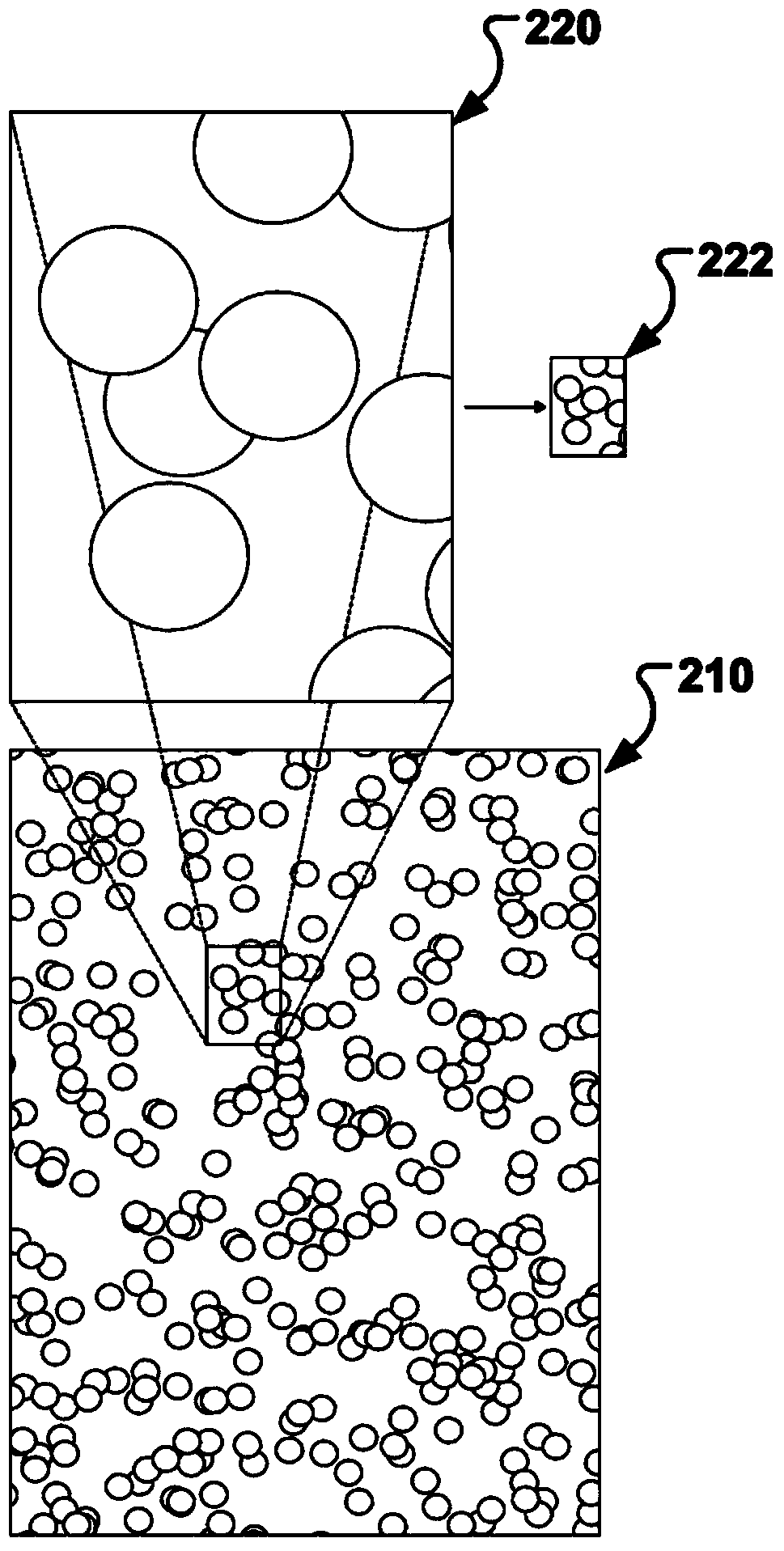Microscope slide coordinate system registration
A technology of coordinates and specimens, applied in the field of image processing, can solve the problems of increasing the cost, time-consuming, and difficulties of glass slide manufacturing
- Summary
- Abstract
- Description
- Claims
- Application Information
AI Technical Summary
Problems solved by technology
Method used
Image
Examples
Embodiment Construction
[0025] System overview
[0026] Figure 1A An example of a biological specimen imaging system 100 controlled by a computer 130 is shown. The computer 130 includes a central processing unit (CPU) 132, a hard drive 134, a memory 136, and other conventionally known hardware components (eg, communication interfaces). Computer 130 is capable of communicating with low magnification imaging site 120a and high magnification imaging site 120b via known communication protocols using standard hardware wiring between the computer and imaging sites. This communication capability allows the computer 130 to command the stages 128a and 128b to move to different (x,y) positions in the horizontal plane, move the objectives 126a and 126b up and down along the vertical axis relative to the surface of the microscope slide 110, and Images captured by cameras 124a and 124b are received.
[0027] The system 100 is capable of capturing and processing images of a biological sample 112 deposited on a ...
PUM
 Login to View More
Login to View More Abstract
Description
Claims
Application Information
 Login to View More
Login to View More - R&D
- Intellectual Property
- Life Sciences
- Materials
- Tech Scout
- Unparalleled Data Quality
- Higher Quality Content
- 60% Fewer Hallucinations
Browse by: Latest US Patents, China's latest patents, Technical Efficacy Thesaurus, Application Domain, Technology Topic, Popular Technical Reports.
© 2025 PatSnap. All rights reserved.Legal|Privacy policy|Modern Slavery Act Transparency Statement|Sitemap|About US| Contact US: help@patsnap.com



